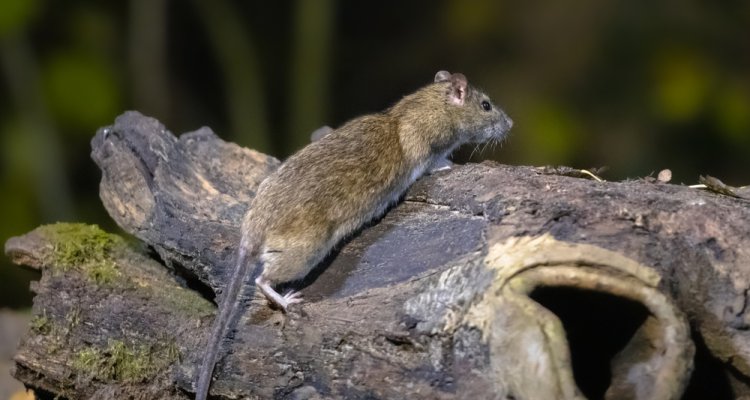
Showcase
Biodiversity determines risk of disease
Researchers from Wageningen University & Research have mapped out the locations – the hotspots – where the expected risk of transmission of pathogens is greatest. This can help prevent future pandemics.
Every animal species has its own diseases, such as swine fever in pigs or mastitis in cattle. But some pathogens have multiple host species. For example, the pathogen that causes Lyme can jump from wild animals to livestock and also to humans. To reduce the risk of new epidemics, it is important to identify where the greatest risk of transmission of pathogens from wildlife to humans is present and why. “We have identified hotspots with the aid of computer models,” says wildlife ecologist Fred de Boer. “It appears that the composition of the mammalian community – i.e. which species occur where – can determine the risk of communicable diseases.”
The researchers used computer models to visualise mammalian communities: how many species live together in a certain area? To do this, they used information about species’ preferences for a particular climate, habitat and diet. “We calculated an overall disease risk for all mammalian communities, assuming that a pathogen can infect multiple hosts. These models predict a high disease risk for the tropics and the warmer parts of Europe, North America and Asia. Many animal species – especially small animals – live in these areas.”
Surprisingly, in regions with a more temperate climate, disease pressure appears to increase when fewer animal species are present.
Surprisingly, in regions with a more temperate climate, disease pressure appears to increase when fewer animal species are present. De Boer: “That is probably because some smaller mammals, such as rodents, become dominant in those regions and are then better able to spread pathogens to other host species. New disease outbreaks could therefore also arise outside the tropics.”
Risk of biodiversity loss
The researchers are also looking to the future: due to climate change many mammalian species are under pressure. It is therefore important to understand how biodiversity loss affects the risk of disease outbreaks. “We have expanded our model to include the effects of climate change. Major changes in disease risk also occur without species becoming entirely extinct. Small changes in the relative population sizes of species can make a big difference”, says De Boer.
We should focus on preserving larger mammalian species and maintaining species diversity in specific areas.
“I have noticed that large species, such as large predators, can help determine how many smaller species occur in a region, while it is in fact these smaller species that often harbour more pathogens. We should therefore focus on conserving larger mammalian species and maintaining species diversity in specific areas,” he explains. “For example, increased fragmentation of a landscape can eventually lead to major shifts in species communities. If only small animal species remain, this can ultimately increase the risk of certain diseases.”
The results published by the wildlife ecologists are in line with historical patterns of global disease outbreaks. De Boer: “With our research we have taken a step towards improving our understanding of how disease risk and biodiversity are interrelated. Policy makers can use our findings to take targeted measures, so that the diversity of mammal species remains in balance.”